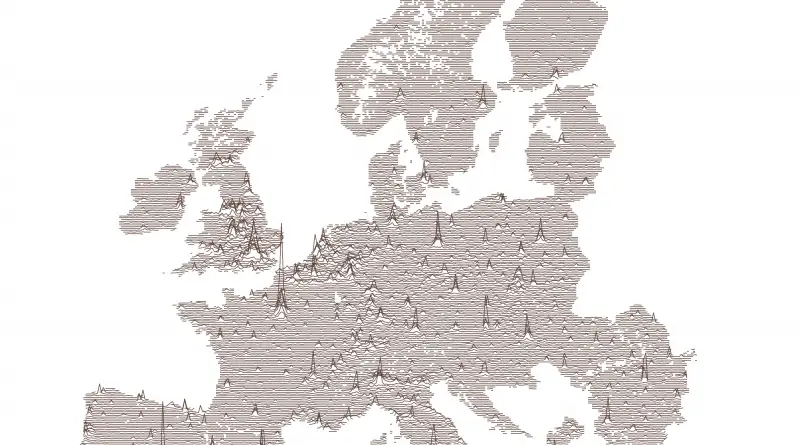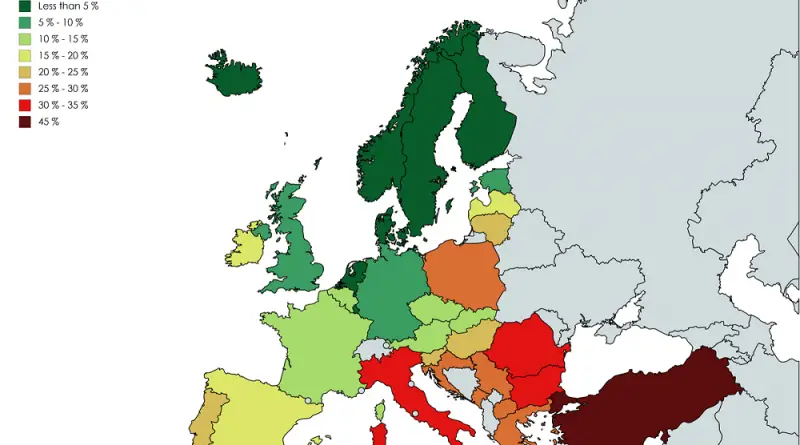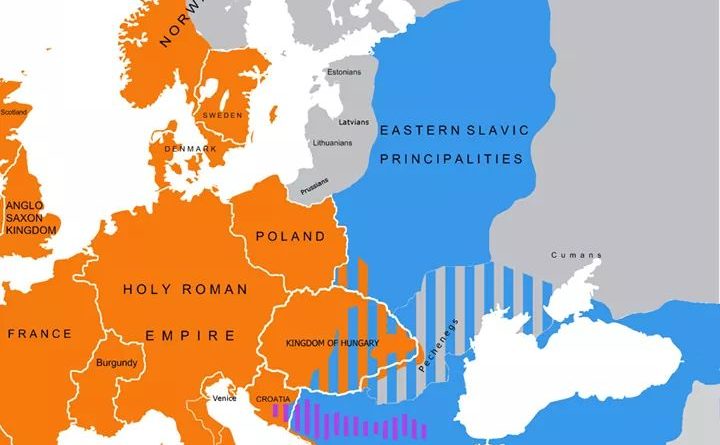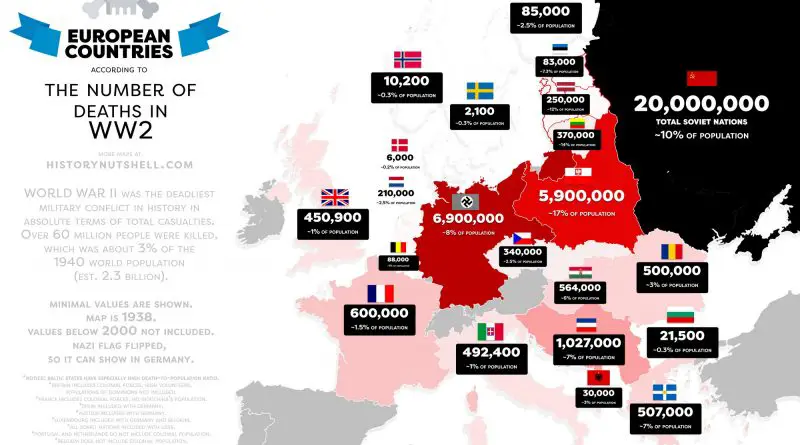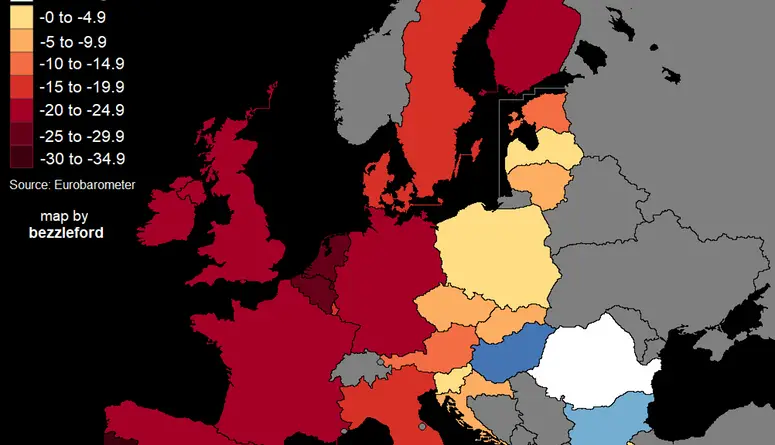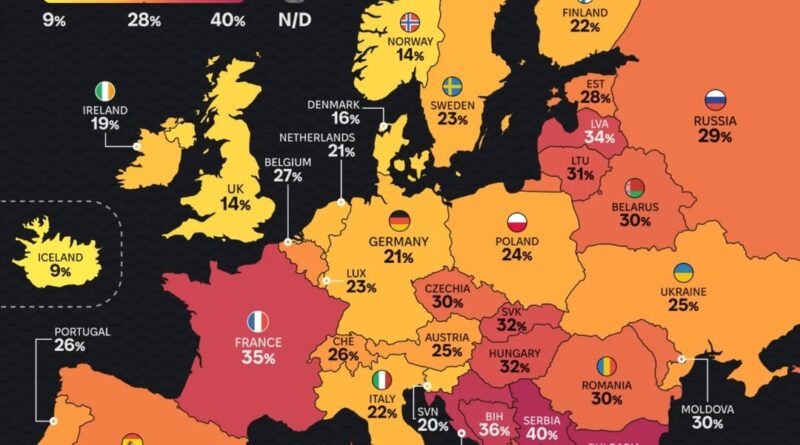Culinary Maps of Europe: How France and Italy See the Rest of the Continent
French and Italian cuisines have shaped global culinary traditions. Discover how France and Italy perceive the rest of Europe’s food culture through these fascinating culinary maps from the Atlas of Prejudice.
Read More

